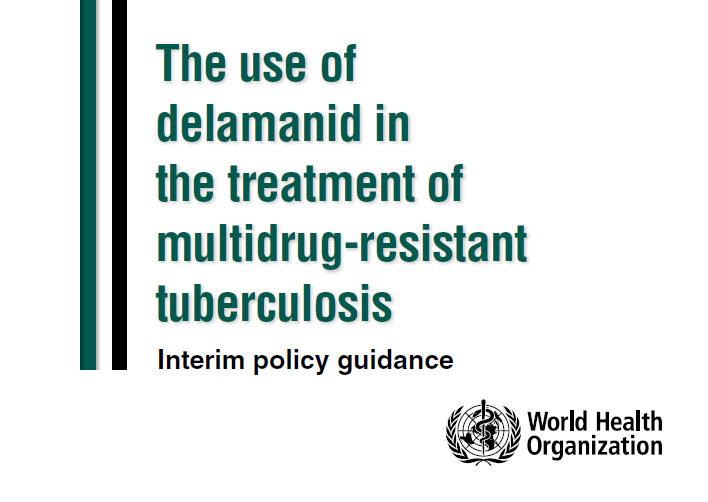
The guidance lists five conditions that must be in place if delamanid is used to treat adults with MDR-TB.
Barcelona | 28 October 2014| A new TB drug with a novel mechanism of action – delamanid - is now available for treatment of adults with multidrug-resistant tuberculosis (MDR-TB), a form of tuberculosis resistant to at least isoniazid and rifampicin, the main first-line drugs. Delamanid was granted conditional approval by the European Medicine Agency in April 2014. Information about this new drug however remains limited, since it has only been through Phase IIb trial and studies for safety and efficacy. WHO is therefore issuing “interim policy guidance” that lists five conditions that must be in place if delamanid is used to treat adults with MDR-TB:
WHO strongly recommends the acceleration of Phase III trials to generate a more comprehensive evidence base to inform future policy on delamanid. WHO will review, revise, or update the interim guidance as additional information on efficacy and safety become available. WHO has also developed an operational document to facilitate delamanid implementation and is working with partners to help ensure safe and effective introduction. More information about the practicalities of using delamanid alongside other old and new anti-TB drugs can be found in the updated WHO guidance "Companion handbook to the WHO guidelines for the programmatic management of drug-resistant tuberculosis".
WHO estimates that about half a million new cases of MDR-TB occur worldwide, each year. Current treatment regimens for MDR-TB present many challenges: treatment lasts 20 months or more, requiring daily administration of drugs that are more toxic, less effective, and far more expensive than those used to treat drug-susceptible TB. Globally, less than half of all patients who start MDR-TB therapy are treated successfully. Wider availability of new drugs and shorter regimens will be essential if treatment outcomes of MDR-TB patients are to improve.
In 2013, another new drug, bedaquiline, was made available for use in the treatment of MDR-TB. Bedaquiline was the first new TB drug with a novel mechanism of action to be made available for more than 40 years and was granted accelerated approval by the United States Food and Drug Administration. It is still in Phase III trials and WHO urges caution in its use and strict adherence to conditions listed in the WHO interim policy guidance issued in June 2013.
References
Source: WHO